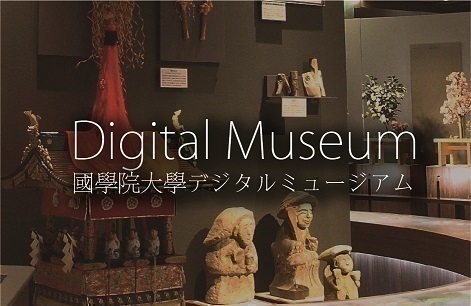- トップ
- Encyclopedia of Shinto
- Tokusanokamudakara
Encyclopedia of Shinto
| Main Menu: | |
| Links: |
詳細表示 (Complete Article)
| カテゴリー1: | 4. Jinja (Shrines) |
|---|---|
| カテゴリー2: | Objects of Worship and Shrine Treasures |
| Title | Tokusanokamudakara |
| Text | [Tokusa no kamu dakara] Also read jusshu jinpō. According to the "Original Record of the Heavenly Grandchild" (Tenson hongi) in Sendai kuji hongi, these are the "ten kinds of heavenly-emblem sacred treasures" (amatsushirushi mizutakara tokusa) bestowed by the "heavenly ancestor" (amatsu mioya) on Nigihayahi no mikoto, the ancestral tutelary (sojin) of the Mononobe clan at the time of his descent from the Plain of High Heaven (Takamanohara). The ten treasures or regalia consisted of the Okitsukagami ("Mirror of the Deep"), the Hetsukagami ("Mirror of the Shore"), the Yatsukatsurugi ("Sword Eight-Hands Long"), the Ikutama ("Jewel of Life"), the Makaru kaeshi no tama ("Jewel of Resuscitation"), the Tarutama ("Jewel of Plenty"), the Chikaeshi no tama ("Jewel of Turning Back on the Road"), the Orochi no hire ("Snake[-repelling] Scarf"), the Hachi no hire ("Bee[-repelling] Scarf"), and the Kusagusa no mono no hire ("Scarf [to ward off] Various Things"). These ten are subdivided into the four classes of swords, mirrors, jewels, and scarves. The inclusion of scarves (hire) is significant. Thought to have been an article of ancient dress, hire were believed to have magical powers. According to Ryō no shūge, spirit pacification ceremonies (chinkonsai) were performed by waving these scarves. The other treasures share similar characteristics. In the aforementioned Tenson hongi portion of the Sendai kuji hongi, the heavenly ancestor says that in the event of difficulty, illness, or in order to dispel evil, one should chant the names of the ten regalia while flourishing the objects, and the desired effect will immediately appear in response. In short, the regalia were viewed as possessing magical properties, and when used in ritual had the nature of implements of exorcism or purification. — Okada Yoshiyuki |




